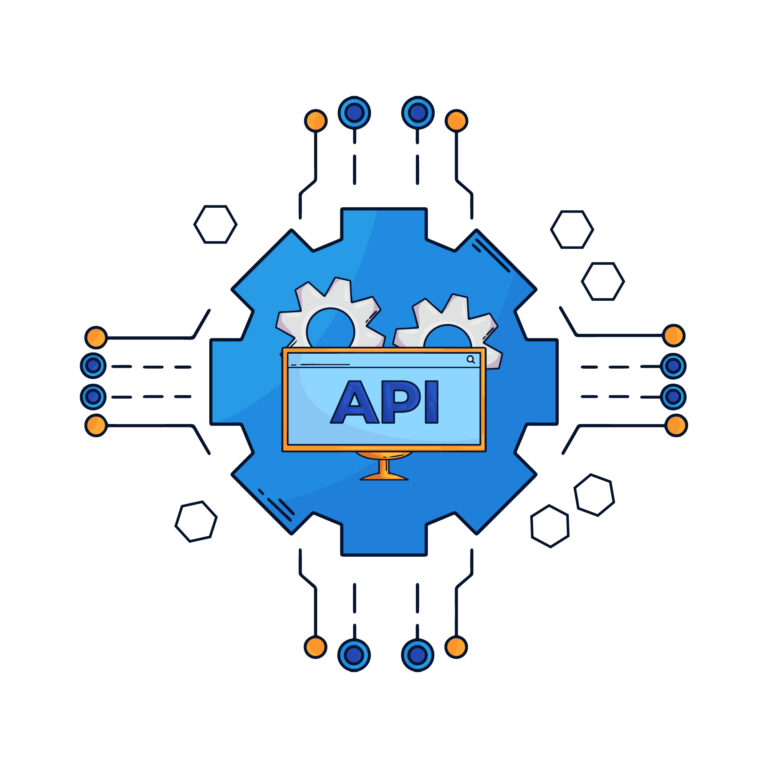When it comes to coding, it’s important to keep scalability and maintainability in mind. Creating code that is easy to understand and update is essential for any web developer, and this is especially true when it comes to writing CSS. In this blog post, we’ll explore the do’s and don’ts of writing maintainable and scalable CSS. We’ll discuss the best practices for writing clean and organized code that can easily be adapted and maintained over time. Let’s dive in and take a look at some of the key principles for creating maintainable and scalable CSS..

DO use a preprocessor
Using a CSS preprocessor is one of the best ways to ensure that your code is maintainable and scalable. Preprocessors such as Sass and Less allow you to use features like variables, functions, and nesting which make writing large scale, modular stylesheets much easier. Variables are especially useful for color values, fonts, and other styles that are used repeatedly throughout the project. Functions can be used for generating complex properties or for simple calculations, like the calculation of widths and heights. Nesting allows you to group related selectors and make the code much more readable. Overall, preprocessors are a great tool for writing more maintainable and scalable CSS.
DON’T write inline CSS
Inline CSS is a common mistake that is made by developers. It involves writing style rules directly into the HTML elements themselves instead of in an external style sheet or a preprocessor file. This can cause many problems, as it reduces readability and makes your code difficult to maintain and scale.
Inline styling means that each element will have its own set of style rules, which means that you have to manually update each element if you want to make changes. This also means that any style changes you make will only affect the current page and not the rest of your website. Additionally, if you have multiple versions of the same element (e.g. button) then you’ll have to write duplicate style rules for each version.
Inline styling should be avoided at all costs as it leads to a large number of issues and can quickly become unmanageable. Instead, try using external style sheets or preprocessors such as Sass or Less. These tools allow you to keep all of your styling in one place and easily manage and scale your code..
DO use a reset or normalize stylesheet
A reset or normalize stylesheet is a great way to ensure consistency across different browsers. Reset stylesheets aim to “reset” all of the styles applied to HTML elements, so that all elements are displayed in a consistent way across different browsers. A normalize stylesheet on the other hand, applies some sensible default styling to HTML elements while preserving useful browser defaults Using a reset or normalize stylesheet can help with creating maintainable and scalable CSS, because it ensures consistency between different browsers. This prevents the need for excessive cross-browser testing, which can be time consuming and difficult to maintain. Furthermore, by removing any browser-specific styling, it reduces the risk of conflicts between your own styles and those already present in the browser. This also simplifies debugging, as any unexpected behavior is more likely to be due to your own styles rather than existing browser defaults. In summary, using a reset or normalize stylesheet is a great way to create maintainable and scalable CSS. It provides consistency across different browsers, reduces the need for cross-browser testing, prevents potential conflicts with existing browser styles, and simplifies debugging
DON’T use important
It is generally not recommended to use the important” CSS rule, as it can lead to poor maintainability and scalability of your code. The “!important” rule overrides any other styles that may be applied to a particular element, making it difficult to override or change the styles later on. Additionally, it can also make it difficult to understand the cascade of styles that are being applied to an element, as the “important” rule can be used in unexpected places. Instead, it’s better to use a clear and organized CSS architecture and naming conventions, such as BEM, that will allow you to avoid using “important” and make it easier to understand and maintain your styles.
DO structure your CSS in a logical way
When it comes to CSS, there are a few different ways to organize your code. Some people prefer to keep all their CSS in one large file, while others prefer to break it up into smaller, more manageable files. Whichever approach you choose, it’s important to make sure that your CSS is structured in a logical way.
One way to do this is to group your CSS selectors by type. For example, you could have all your general styles in one section, followed by your typography styles, then your layout styles, and so on. This can help you to quickly find the styles you need when you’re working on a specific part of your website.
Another way to structure your CSS is to group your styles by page. So, if you have a homepage, a contact page, and a blog, you could have a CSS file for each one. This can be especially helpful if you have pages with very different styles. Whatever approach you choose, just make sure that your CSS is easy to navigate and understand. A well-organized CSS file will save you a lot of time and frustration in the long run
We at Devlofox implement smart lead-generation tools to help maximize conversions and business growth.
DO use shorthand properties
Shorthand properties are a great way to streamline your CSS code. By using shorthand properties, you can reduce the amount of code you need to write, and make your CSS more concise and easier to read.
There are a few things to keep in mind when using shorthand properties. First, you need to make sure that all of the properties you want to include are specified in the shorthand property. For example, if you want to set the font-size and font-family of an element, you would need to use the font shorthand property, which includes both of those properties.
Second, you need to be aware of the order of the properties in the shorthand property. The order of the properties is important, as it can affect how the shorthand property is parsed. For example, the order of the properties in the background shorthand property is different than the order of the properties in the font shorthand property.
Finally, you need to make sure that you are using the shorthand property correctly. In some cases, you may need to use the !important flag to ensure that your CSS is applied correctly.
Overall, shorthand properties are a great way to streamline your CSS code. While there are a few things to keep in mind when using them, they can save you a lot of time and make your CSS more concise.
DO use minification tools
Minification is the process of removing unnecessary characters from code to reduce its size. This can be done with JavaScript, CSS, and HTML. Minification can improve the performance of a website by reducing the amount of data that needs to be transferred between the server and the client. It can also reduce the size of the code, making it easier to read and understand.
📞 Call us at +91 7982436893
📩 Email us at Info@devlofox.com
🌐 Visit us: www.devlofox.com
Let’s create something extraordinary together! ✨
P.S. Do you know the True Costs of Cheap Website Development? Check out this awesome article on this. You’re welcome!
Contact Devlofox today for a free consultation on how we can build you a stunning and sustainable website!




